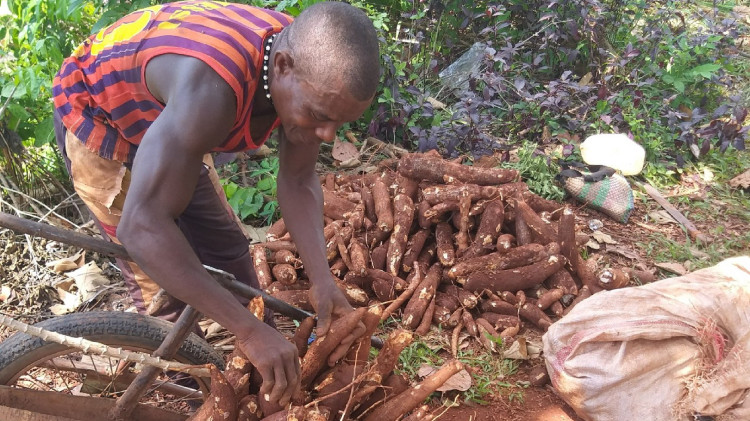The ongoing load shedding in South Africa has become a serious constraint on growth and profitability for various sectors, agriculture included.
In addressing the negative impact on the productivity and profitability of farm operations brought about by the load shedding crisis, Land Bank and DALRRD, on 29th August launched a blended finance fund called the Agro Energy Fund that is geared towards financing alternative energy solutions with a focus on energy intensive agricultural activities which include irrigation, intensive agricultural production systems and on-farm cold chain related activities.
The fund aims to support all South African producers and agri-businesses in the agricultural sector from smallholder to large scale and mega commercial producers.
“I must emphasise that the purpose of the Agro Energy Fund is to incentivise farmers to invest in alternative energy sources. This Fund will run parallel to other existing financial instruments that are designed to support farmers with production, farmer infrastructure, market and other. Applications will be directed to the Land Bank and will be subjected to approval guidelines of the bank” said Minister Didiza.
The funding will be deployed through a blended finance structure which is a combination of a loan and grant. DALRRD will contribute a grant portion to a total value of R500 million which will be matched with a loan portion to a total value of R710 million from Land Bank.
This will effectively create a R1.21 billion fund size. The fund will be available in the market until the allocated funds are completely drawn down. The prioritised focus will be on supporting dairy farming, piggeries, poultry, all irrigated commodities and on-farm processing.
In deploying funding to producers, the Bank will also rollout its Green Finance product
offering with a focus on financing solar panels, biogas and biomass plants which will result in the installation and commissioning of energy efficiency projects across the country which will partially offset electricity usage from the grid.
The Agro Energy Fund will enable the Bank to contribute to building resilience for enterprises against energy shocks in the sector which have negatively impacted productivity and profitability in farm operations.
Food security and rural development remain key priorities in the agricultural sector. The
intended support to producers will also indirectly result in the maintenance of jobs in the sector which is experiencing growth in employment numbers.
“We are delighted to be in this partnership with the Department for the implementation of the Agro Energy Fund which is important to provide energy security to ensure that farming continues uninterrupted even during load shedding hours and there will be extra energy produced by farmers through this funding.
This may also reduce the electricity bill of the farmers as they will no longer buy full units but use solargenerated energy” said Mr Andrew Makenete, Deputy Chairman of the Land Bank Board. The launch of the Agro Energy Fund follows the successful launch of the Blended Finance Scheme (BFS) in October 2022 through the partnership between Land Bank and DALRRD.
The launch therefore marks the opening of lending activities under the Agro Energy Fund.
Also Read
